During the blooloop Festival of Innovation 2025, attendees heard from industry leaders on the topic of the guest journey.
The panel discussion was led by Mark Locker, founder and CEO of Attractions.io, who was joined by Jim Denny, VP of digital experience at Six Flags, Tim Morrow, president and CEO at San Antonio Zoo, and Adele Keane, COO and creative director of Imvizar.
Together, they explored the future of the guest journey, including data-driven personalisation, immersive storytelling for diverse audiences, and managing rising guest expectations. They also discussed how artificial intelligence (AI) can enhance the guest experience and help operators.
Watch all the Festival of Innovation sessions
hereMeet the guest journey experts
With Attractions.io, Mark Locker combines his three passions: business, technology, and attractions. The company develops mobile technology that enhances guest experiences and boosts second-gate spending. He shares his expertise with industry professionals and supports organisations like the Kennedy Space Center, Merlin Entertainments, Cedar Fair, and San Diego Zoo.

Tim Morrow is the president and CEO of the San Antonio Zoological Society, overseeing the San Antonio Zoo, Will Smith Zoo School, Center for Conservation and Research, Kiddie Park, and Starbucks. Since joining in 2014, Morrow has driven over $115 million in community investment, enhancing many habitats and completing significant renovations. He previously spent 24 years in the theme park industry.
Adele Keane is COO and creative director of Imvizar, an AR platform specializing in location-specific experiences. Imvizar redefines storytelling by transforming narratives into immersive spatial stories. Soon, storytellers can create narratives without coding using Imvizar’s user-friendly AR tool. Keane's multimedia experience, including live-action and large-scale 3D productions, enables her to integrate virtual and real worlds seamlessly.
Jim Denny, the VP of digital experience at Six Flags, has dedicated the past decade to the entertainment and amusement park sector after spending more than ten years in financial services. This unique blend of experiences equips Denny with a deep insight into crafting compelling digital experiences that attract visitors and generate substantial business outcomes.
A new chapter for Six Flags
It's been an eventful year for Six Flags following the merger with Cedar Fair, and Locker began the conversation by asking Denny what the company is working on at the moment to improve the guest journey and how big of a role technology is playing in those plans.
"Technology is at the heart of everything we’re doing right now," said Denny. "With the merger, we essentially have two of everything, so a key focus for us is unifying our digital experience to create the best possible journey for our guests while maximising efficiency for the business. That means selecting the right platform, migrating quickly, and ensuring a seamless experience without sacrificing quality."

At the same time, there are a lot of opportunities in the transition:
"Many potential partners are approaching us with exciting innovations, but our priority isn’t adopting new technology for its own sake—it’s ensuring that the fundamentals of the guest experience are flawless. Can guests seamlessly use their pass from a legacy Cedar Fair park at a Six Flags park? Can they easily access their tickets and entitlements in the upcoming combined Six Flags mobile app?
"These may seem like basic elements, but they are the foundation of an exceptional visit."
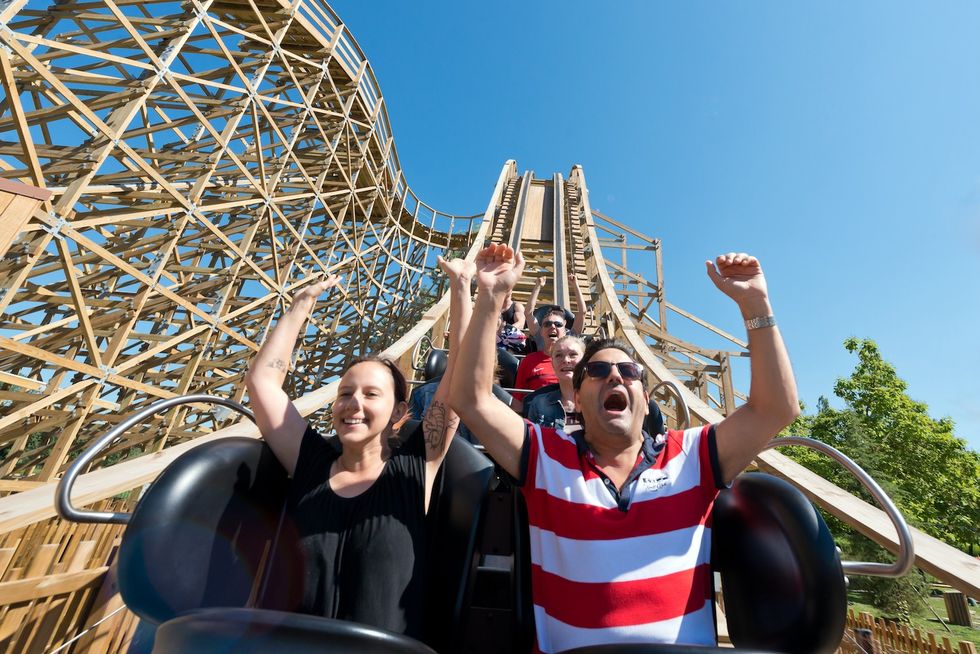
The team is also looking ahead. Denny said that things like AR, AI, and other emerging technologies could help transform how guests experience the parks. "But first, we need to remove every possible friction point, making it easy for guests to plan their visit and get straight to the fun. That’s our priority—ensuring a smooth, hassle-free experience while keeping an eye on the future of theme park entertainment."
Storytelling with Imvizar
Meanwhile, Keane explained more about Imvizar and its goal to create a seamless, accessible way for guests to experience rich storytelling in real-world locations. The company works with cultural institutions, heritage sites, and major attractions to bring history and entertainment to life through mobile technology. Visitors download the Imvizar app, where they can access maps, points of interest, and—most importantly—augmented reality experiences.
"Imagine standing at the site of a long-lost castle, holding up your phone, and seeing it reconstructed before your eyes, complete with characters stepping out and interacting with the real world around you," said Keane. "We believe technology should enhance, not overshadow, the experience, so we keep it in the background—ensuring guests remain immersed in the story rather than the tool delivering it.

The company's mobile-first approach is all about accessibility, she added: "While AR headsets are exciting, smartphones are already in everyone’s pockets, allowing us to reach the widest audience possible. That said, we’re always looking ahead—we have every AR headset in our office, exploring what’s next.
"We started with history, using AR as a ‘window into the past,’ but now we’re expanding into entertainment, children’s attractions, and art. Whether stepping inside a painting in an art gallery or seeing the world transform around you, we’re pushing the boundaries of how AR can turn the real world into a playground for storytelling."
The guest journey at San Antonio Zoo
Speaking about the guest journey from a zoo and aquarium perspective, Morrow spoke about how zoos blend entertainment, culture, and history.
" San Antonio Zoo, for example, is 110 years old, and we also operate Kiddie Park, which will celebrate its 100th anniversary next year as the oldest children’s amusement park in America. Beyond that, we run a school, a licensed Starbucks, and even train rides—so our operations go far beyond being a zoo."
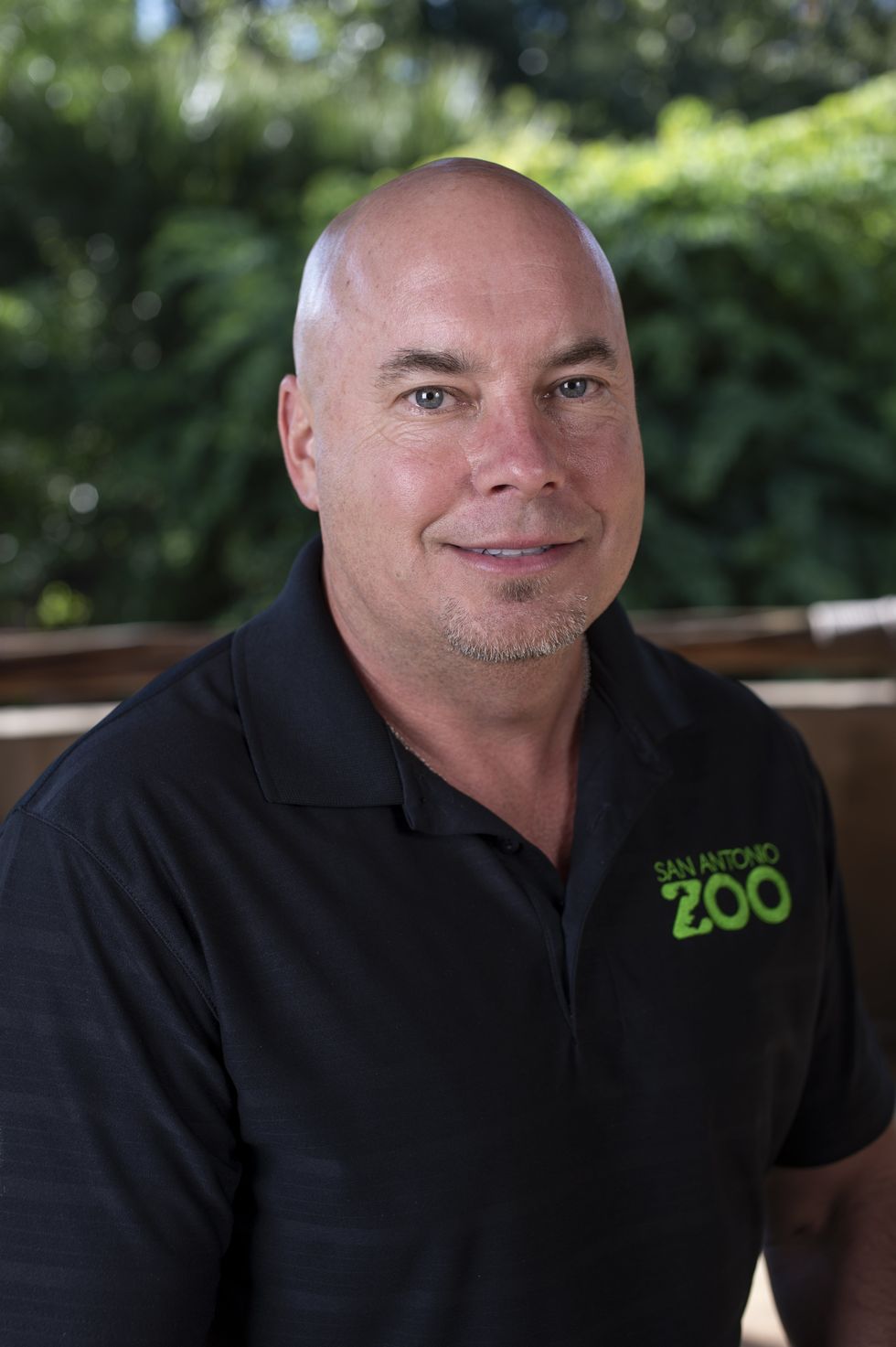
One of the biggest shifts for San Antonio Zoo came during the pandemic, which accelerated its adoption of technology:
"We were already working on a master plan, but the pandemic pushed us to rethink our operations. One major change was eliminating traditional ticket booths and kiosks entirely. It was a bold move that initially concerned our operations team, but it turned out to be a seamless transition, significantly improving the guest entry experience."
Now, the zoo is taking that digital transformation further by going completely cashless. "While it feels like a big step, talking to partners like Six Flags and SeaWorld made us realise we’re behind the curve. This year, we’ll introduce RFID wristbands that link to guests’ phones, allowing for easy spending and access throughout the zoo."
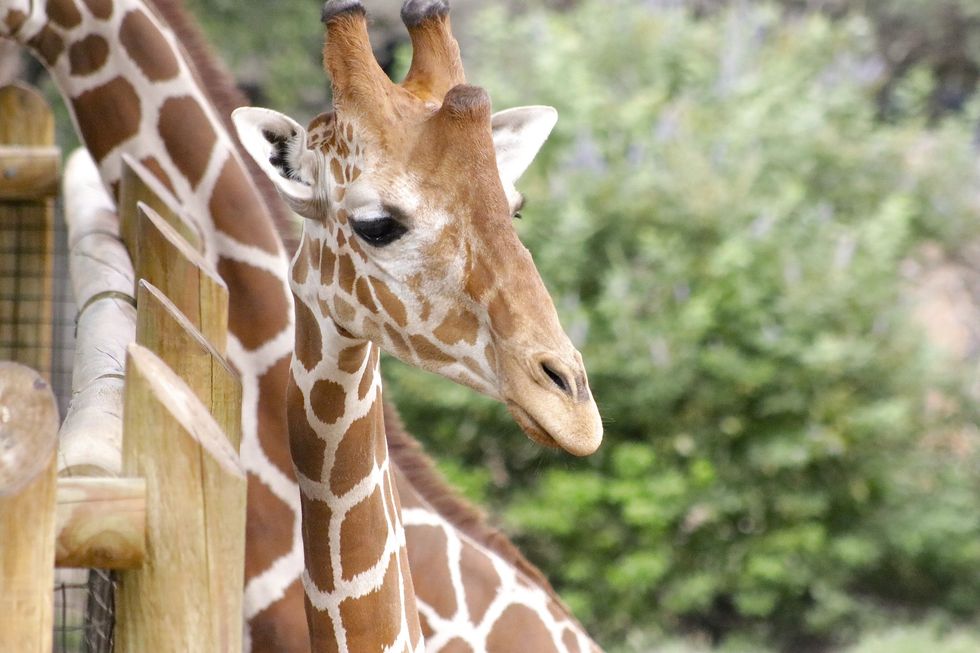
The key challenge in zoos is balancing technology with the mission of connecting people to nature. But instead of being a distraction, technology enhances the experience at San Antonio Zoo:
"We’ve introduced an AR app that lets guests ‘walk’ with the last three northern white rhinos, creating deeper engagement and likely extending their time on-site. From digital entry to interactive animal encounters, technology transforms how guests experience the zoo, making visits smoother, more immersive, and more memorable."
Ensuring buy-in across the organisation
Technology is a powerful enabler, whether digital kiosks, smartphones, or other innovations that enhance the guest journey, agreed Locker, adding: "But when you introduce changes that impact operations, that shift is just as significant as the technology itself.
"One of the biggest challenges we see is that without strong alignment at the top of an organisation, even the most innovative ideas can struggle to take hold. You can have the best technology in the world. But it won't deliver its full potential if it’s not fully integrated into operations—or if the operational teams aren’t prepared for the transition."
You can have the best technology in the world. But it won't deliver its full potential if it’s not fully integrated into operations—or if the operational teams aren’t prepared for the transition.
True transformation isn’t just about adopting new tools; it’s about ensuring buy-in across the entire organisation, from leadership to frontline staff:
"Bold changes require a clear vision and a commitment to seeing them through operationally, not just technologically."
The trend for personalisation
The panel then discussed some of the key trends in the industry at the moment and how they relate to the guest journey.
"For me, the key trend is clear: personalisation, personalisation, personalisation," said Denny. "That’s where we’ve been focused, and it’s the trend we’re seizing on.
"From the beginning, we designed the next generation of our mobile app with the guest profile at the centre. Who are they? What entitlements do they have? What do they love most about the park? How can we stay relevant to each individual guest and make their day as seamless and enjoyable as possible?"
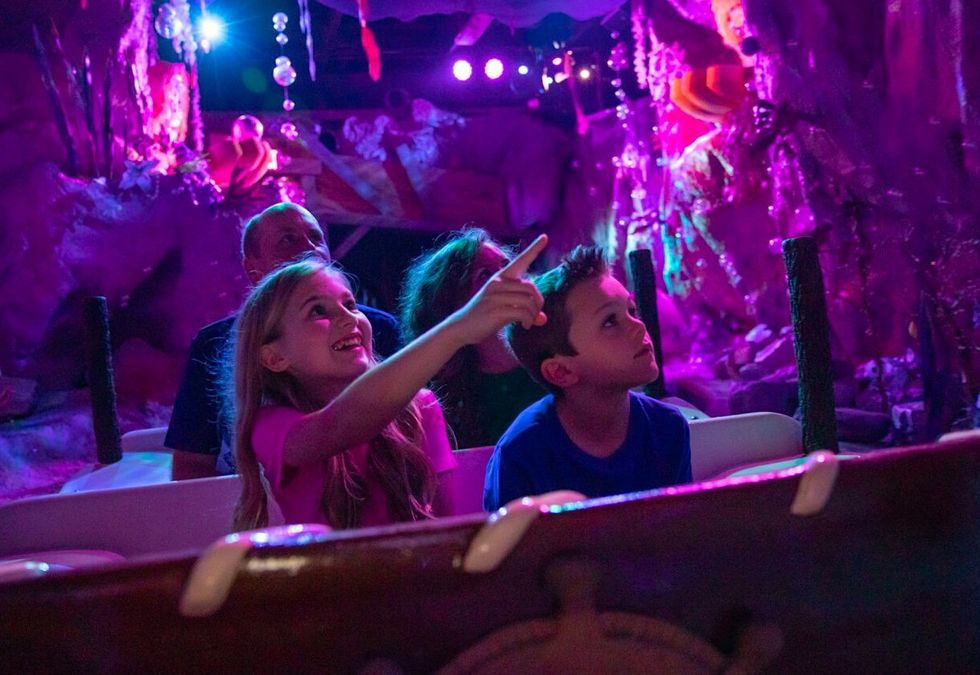
Ultimately, it all comes down to data-driven personalisation:
"We’re transitioning from our traditional CRM to a more advanced CDP, which will allow us to engage guests in a more timely and relevant way. One of the most critical parts of the guest journey is moving from being an anonymous visitor to a known guest. That shift unlocks the ability to truly tailor the experience, but it requires trust—and trust is built through relevance and understanding.
"If we can’t capture and analyze the correct data using AI and other insights, we won’t earn the trust needed to foster long-term loyalty."
Most parks today offer a VIP experience where a personal host guides guests through the park, creating a highly curated visit. "Through personalisation, we can bring that same concept into the digital realm—a true ‘digital concierge’ that customises each guest’s journey while also helping the park optimise traffic flow. It won’t happen overnight, but AI and other emerging technologies are driving us toward that future."
Immersive storytelling and the guest journey
Beyond personalisation, the panellists identified immersive storytelling as another trend. The ability to layer new experiences onto physical spaces—whether through AR, interactive environments, or other innovations—adds depth and variety to each visit. A guest’s experience today could be completely different from their experience tomorrow, keeping them engaged and eager to return. And from a business perspective, that opens doors to new audiences and revenue streams.
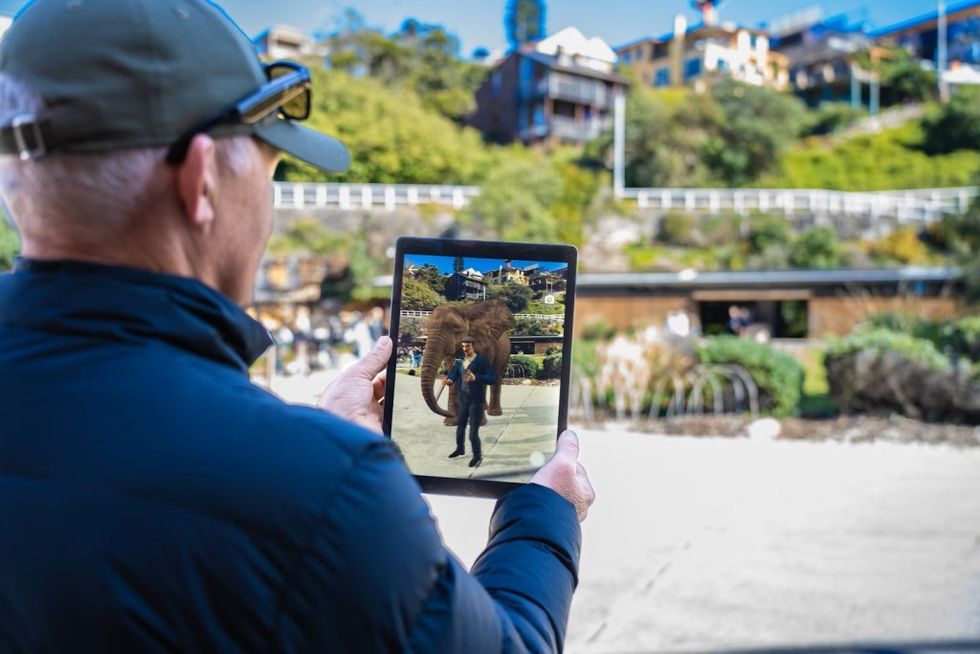
"At the end of the day, what keeps guests returning is the feeling that the park truly knows them—that we understand their preferences and can create an experience tailored just for them," said Denny. "That’s the future we’re working toward."
"We get a lot of personalisation requests, and at its core, that ties into accessibility," said Keane. "How can we make experiences inclusive for all audiences—kids, adults, or neurodiverse guests? One of the biggest requests we receive is to create sensory-friendly experiences that allow every visitor to shape their own journey in a way that suits their needs.
"This could mean offering different language options, adjustable font sizes, or ensuring that visuals and interactions are designed to be flexible so guests can choose how they engage with the experience."
AI in attractions
Another major trend is the integration of AI into attractions.
"Many clients are eager to explore AI-driven immersive experiences, like AI-powered avatars that can educate visitors about history, science, or even speculative futures," said Keane. "But what we’ve learned is that full artificial intelligence isn't always the right solution. Instead, we focus on ‘automated intelligence’—pre-programming characters to provide dynamic yet controlled responses.
"This allows us to craft engaging, interactive narratives without losing control over the quality and accuracy of the content."
AI is also proving incredibly useful behind the scenes—helping with visual generation, story development, and even real-time translation to make experiences more accessible.
"Instead of using AI just for AI’s sake, we’re leveraging it to enhance productivity and accessibility, ensuring that storytelling remains interactive and dynamic. Our goal is to shift away from static, passive storytelling toward something that feels genuinely personalised."
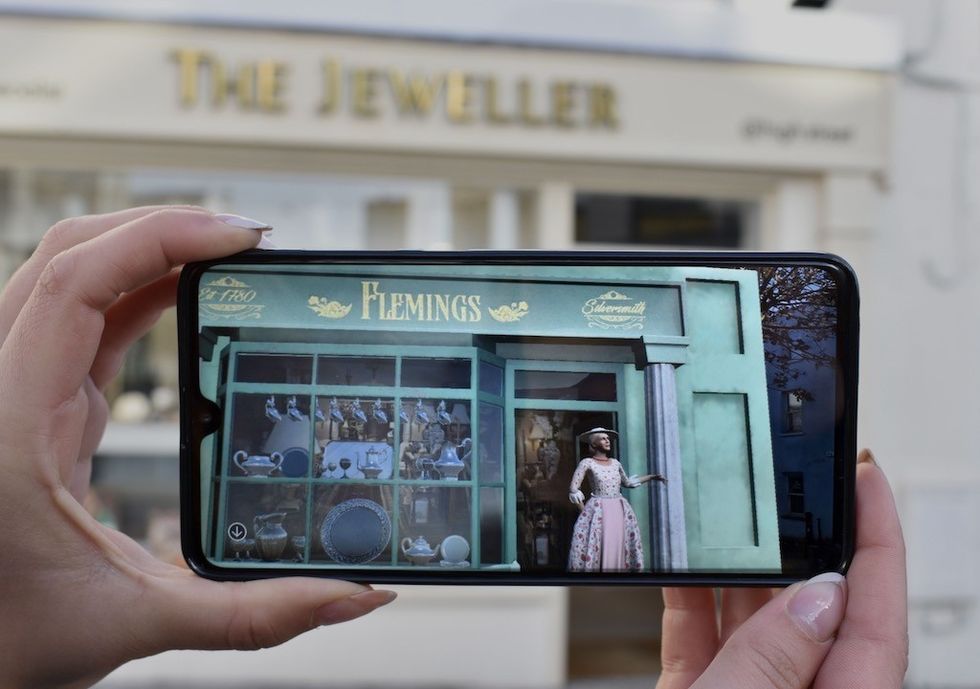
For example, guests using their phones to explore a site will see the environment react differently depending on their choices—whether they turn left or right, hold their device at a different angle, or interact with objects in unique ways.
"It creates an experience that feels hyper-personalised while still maintaining a structured narrative."
Another key trend is the shift toward a ‘bring-your-own-device’ model. Rather than relying on outdated technology or on-site hardware, guests increasingly use their smartphones to navigate attractions and access content.
"This has been a game-changer in making experiences more seamless and accessible," said Keane. "By modernising outdated systems and embracing the technology that guests already have in their pockets, we can create more intuitive and engaging experiences for everyone."
Balancing digital convenience with authentic connections
Locker then asked how operators can prioritise initiatives to enhance the guest journey and how to justify the expenditure on these kinds of innovations, balancing guest experience improvements with financial and operational considerations.
"I grew up on the theme park operations side, so I tend to see everything through the lens of guest experience," said Morrow. "That perspective is critical because we constantly have to remind ourselves: we can implement a great system that works well on the back end for staff or finance, but if it results in a poor guest experience, then it's ultimately a failure."
Guest expectations have increased dramatically. They're more connected than ever, able to compare attractions globally, and want new, dynamic experiences for every visit.

"In San Antonio, we are one of the few US cities with two major theme parks, meaning we must keep evolving. Over the last decade, we’ve invested around $120 million into the zoo, with another $50 million planned in the next year alone.
"To keep things fresh, we’ve added seasonal events, immersive experiences, and layered programming to ensure that nearly every day offers something special. People don’t just want to see the same animals every visit; they want an evolving experience."
From a technology standpoint, the zoo focuses on making everything as easy as possible for guests while ensuring they feel connected to the people operating the zoo. "We must balance digital convenience with authentic, in-person connections—whether through staff, volunteers, or animal care specialists who bring the experience to life beyond what’s available on a phone screen."
Locker added: "The experience economy has become more democratised, and competition isn’t just between theme parks or zoos—it’s anything competing for a guest’s time and attention. That rising standard means attractions have to evolve continuously."
Tech enables a more immersive guest journey
Looking ahead to what the guest journey of the future might look like, the conversation returned to the topic of AI.
"When you look at the evolution of guest experiences, what we're seeing in attractions today is the creation of immersive realms," said Morrow. "It's not just about showcasing animals; it's about taking guests to where these animals come from—whether it’s Africa, South America, or Australia. You're immersing them in those regions' sounds, languages, cultures, and wildlife.
"With AI and advanced technology, we’re about to take this experience to an entirely new level, where guests will feel like they’re truly in those locations. For zoos, this is crucial because, at our core, we are ambassadors for animals and their native habitats. Our job is to showcase animals and educate our visitors on the urgent conservation needs of these species in the wild.
"It's exciting how technology, like augmented reality and AI, is being integrated into these experiences. Imagine standing in the African section of a zoo, and with AR and AI around you, it feels like you’ve been transported to Africa."

This immersive experience could be a game-changer for conservation efforts.
"For example, through AI-driven tech, we can track rhinos in real-time with collars, monitoring their heart rates and even detecting when they're outside their usual range. This data is then used to respond quickly—whether it's sending drones for monitoring or alerting authorities to poaching."
"For us as zoos, the future of the guest experience isn’t just about entertainment—it’s about how we can use this technology to support conservation, educate guests, and inspire action to protect endangered species. It’s all about connecting the guests to these animals in a meaningful way that goes beyond just viewing them in an enclosure."
From passive to active
Keane said that, for Imvizar, the vision for the future of the guest journey is about a shift from passive consumption of content to active participation.
"The guest truly becomes the hero of the experience, not just an observer. Imagine a world where you put on a lightweight headset, and the virtual world interacts with the real world without having to press any buttons to change things, like language settings—it just happens automatically. It’s that simple. Something like a pair of sunglasses will take you straight into the experience.
"AI will revolutionise how we gather data and personalise the guest experience," she added. For repeat visitors, for example, AI could serve as a guide that builds an itinerary based on their previous visits, asking questions about their preferences. This AI guide could recommend different points of interest, shows, or activities tailored to the individual’s needs."
"However, we don’t want to replace human interaction—it’s still vital to preserve that rich, personal connection people have with staff and the overall experience. But AI can undoubtedly elevate the journey, especially when there isn't someone immediately available to guide you through the day.
"We expect headsets to be more affordable and accessible. While AI is already helping with things like speeding up production and providing translation services, it’s not yet perfect. In the next five years, AI will become much more seamless, providing smooth experiences and hyper-personalisation for every guest without any noticeable friction in the background.
"I'm a big advocate for immersive storytelling with technology, but I also don’t want us to overdo it to the point where we're fully absorbed in the digital world. What I love about what we’re doing now, especially with phones, is that it allows you to blend the real and digital worlds."
The importance of data in the guest journey
Denny said that AI will allow operators to know their guests at scale and provide personalisation like never before.
"We’ll be able to adjust the experience as guests evolve, especially families. Often, families age out of theme parks earlier than they should simply because the experiences don’t evolve with them as they grow. What’s fun for a family with young kids isn’t the same for a family with older children, and AI will allow us to tailor those experiences accordingly."
Using AI, theme parks can engage families longer, build better relationships, and extend the guest journey. That creates more customer lifetime value for the business, but for guests, it means a much better, more personal experience.
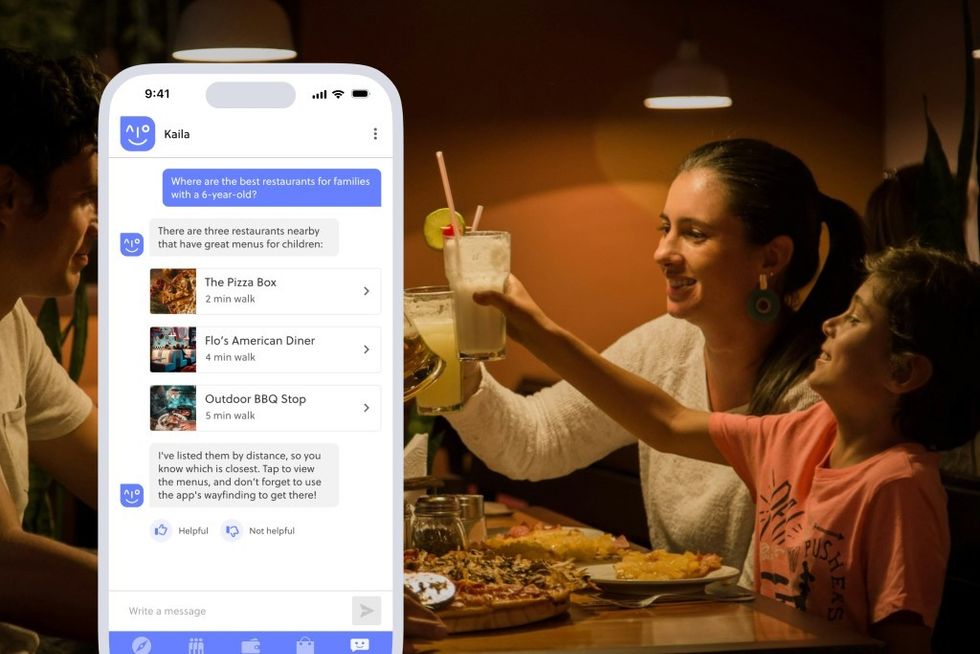
Locker adds that, for Attractions.io, AI is just a means to an end:
"We're not thinking 'What can we build with AI?' Instead, we focus on the most significant problems for our guests and operators and how AI can solve them in ways that weren’t possible before."
For example, the firm recently launched an AI assistant, but the goal wasn’t to simply roll out a chatbot. "It’s a new type of human-computer interaction—a conversational user interface. We thought about where it could add real value.
"For example, if you’re in a park and want to know the queue times, it’s much faster to use the map and look at the queue times directly rather than engaging with an AI assistant. However, if you’re thinking, 'Hey, is there somewhere I can grab a taco or a pizza?' the old way would require you to search through restaurants, apply filters, and go through menus.
"We wanted to streamline that process, almost like a concierge concept. It should do all the work for you, answering your questions quickly and efficiently."
Balancing innovation with simplicity
Finally, the experts looked at some challenges around bringing these guest journey innovations to life.
"Two main challenges come to mind for me," said Keane. "The first one is balancing innovation with simplicity. We could do some incredible things with headsets and next-level AR graphics, but augmented reality is still relatively new for most of our audiences. We don’t want to overwhelm them. So we’ve had to reel things back, keeping it simple at the start.
"Starting off simple creates a much better experience, and then we can gradually introduce more advanced AR elements as the visitors progress through their tour. By the time they reach the end of their journey, they're engaging with more interactive and custom AR experiences."
The second challenge is the 'single app fatigue' visitors experience.
"People don’t want to keep downloading multiple apps for different attractions. Our platform, for example, allows people to have the app already on their phones, and as they visit different attractions, they don’t need to download a new app every time.
"Getting visitors to buy into downloading your app and sticking with it can be a challenge. So, it comes down to conducting an end-to-end audit of the visitor experience, figuring out where immersive storytelling fits, and ensuring that the path is clear for visitors."
Keeping the magic of the guest journey alive
For Denny, one of the biggest challenges is the tension between personalisation and data privacy.
"It's about finding the right balance—ensuring we give guests personalized experiences while respecting their privacy. Guests are happy to provide information but don't want us to misuse or lose it. So, maintaining trust is key.
"But I think the biggest challenge we've already touched on, and it’s something I lose sleep over, is the fear of creating technology that detracts from the experience. Digital overload is a genuine concern. Are we doing too much? Are we making people too connected to their devices? At what point do we start losing the essence of what we're trying to offer?
"If everyone’s wearing goggles or buried in their phones, you miss out on the real magic—the child’s smile, the connections between people, the genuine experiences. That’s the heart and soul of what we do; if we lose that, we lose everything."
Beyond the physical experience, there’s also the issue of keeping guests engaged when they leave.
"People often download your app and then delete it once they finish their visit," says Morrow. "So, how do we keep them connected to our mission and experiences even after they’ve left the physical space? How do we ensure repeat engagement and keep them engaged with what we’re doing long-term?
"Ultimately, we can’t forget the magic of the physical experience—the thrill of riding a coaster or seeing a rhino—that’s what brings people back, and we can’t lose sight of that."
See all the winners and the entries for the blooloop Innovation Awards
hereCharlotte Coates is blooloop's editor. She is from Brighton, UK and previously worked as a librarian. She has a strong interest in arts, culture and information and graduated from the University of Sussex with a degree in English Literature. Charlotte can usually be found either with her head in a book or planning her next travel adventure.
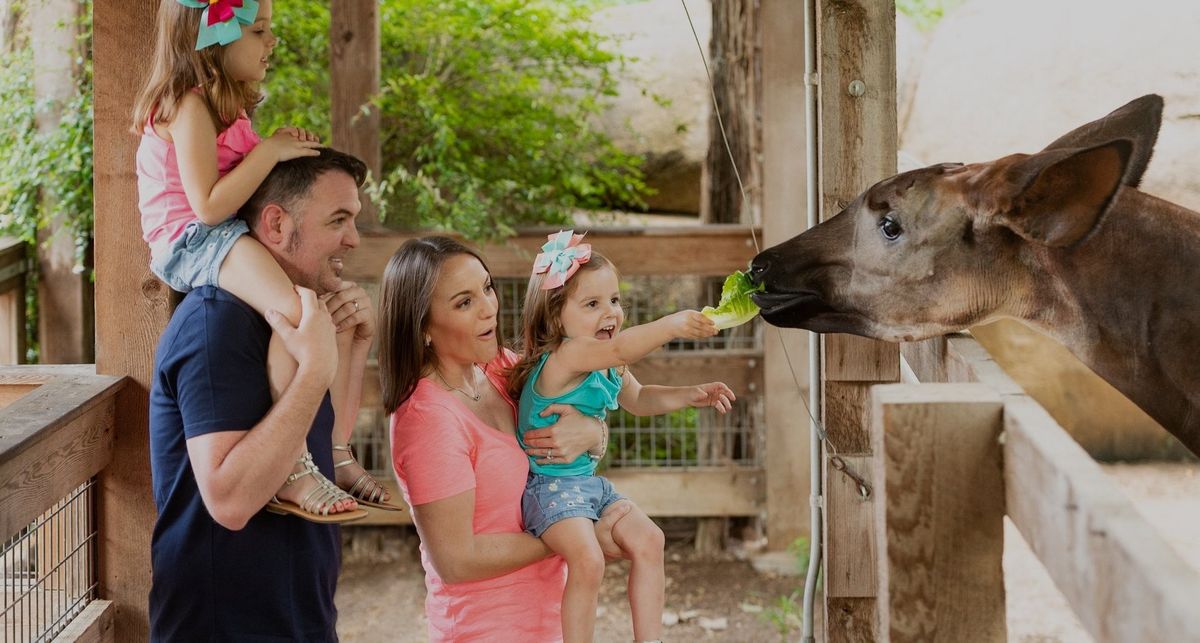

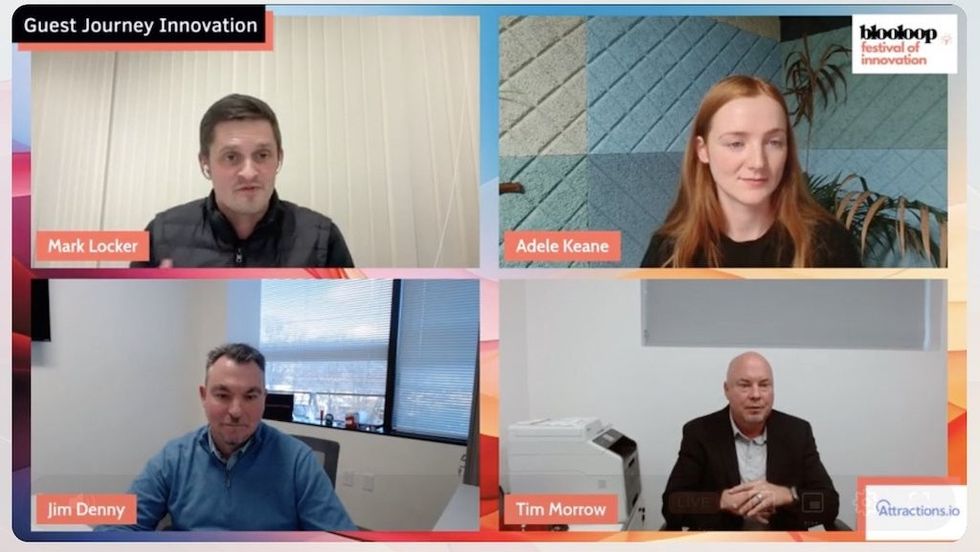

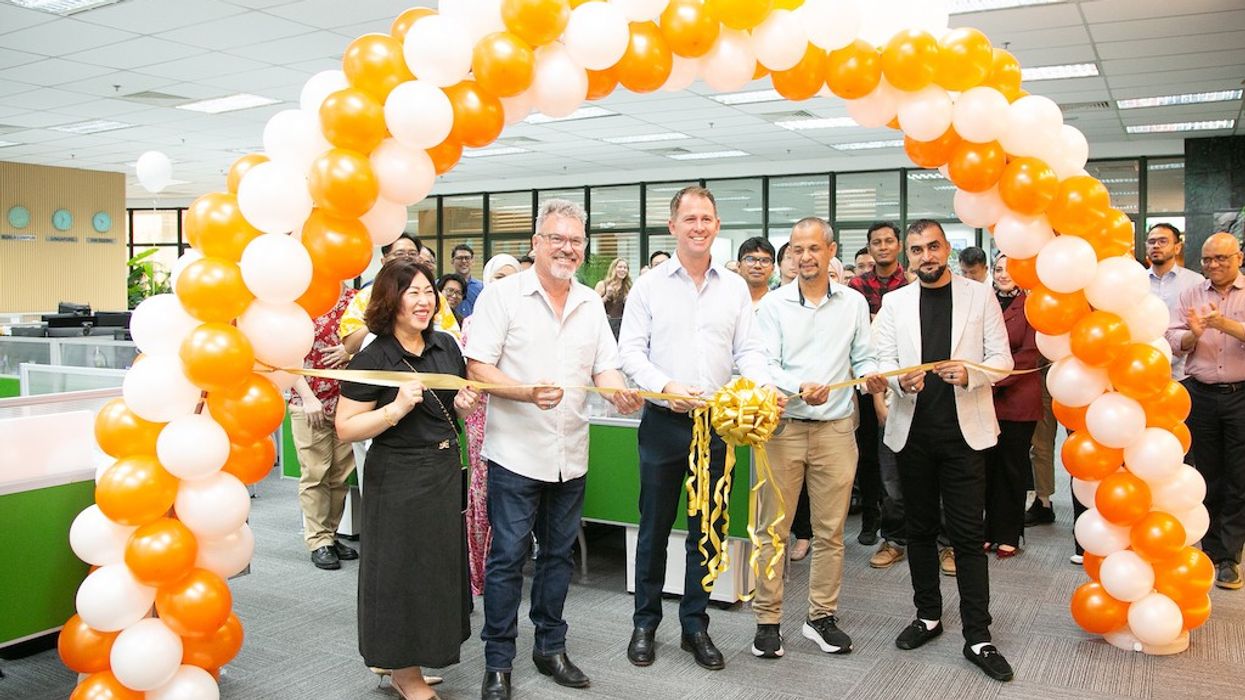
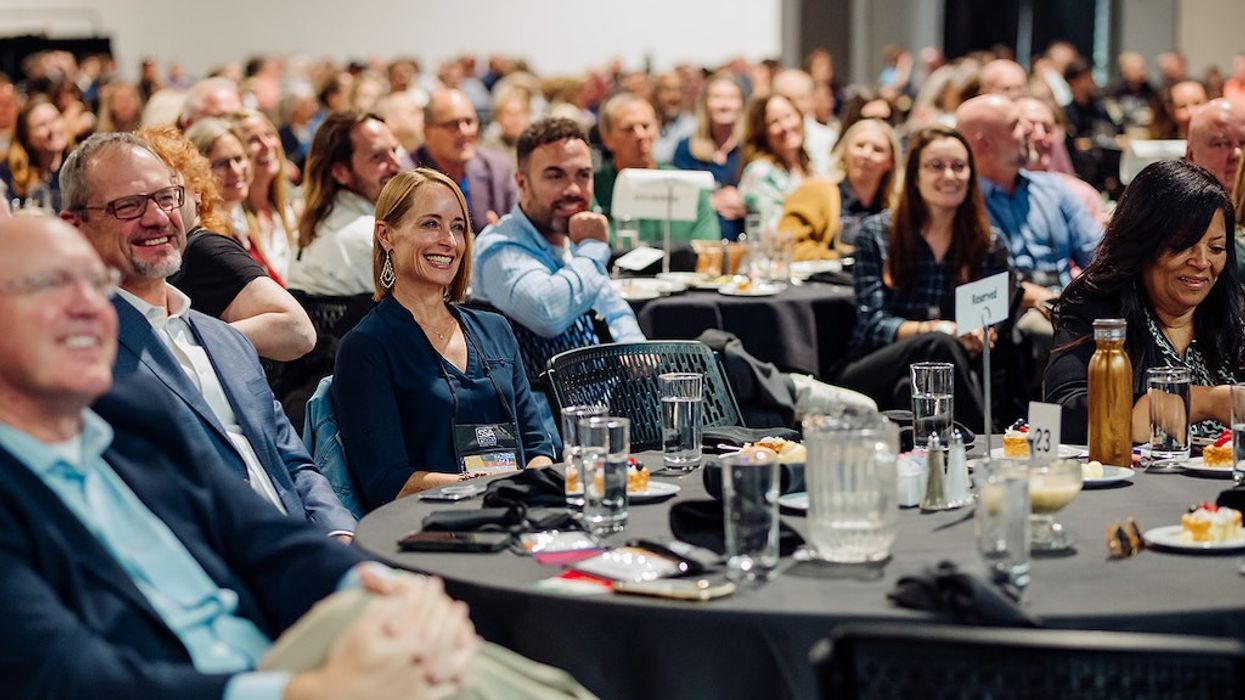
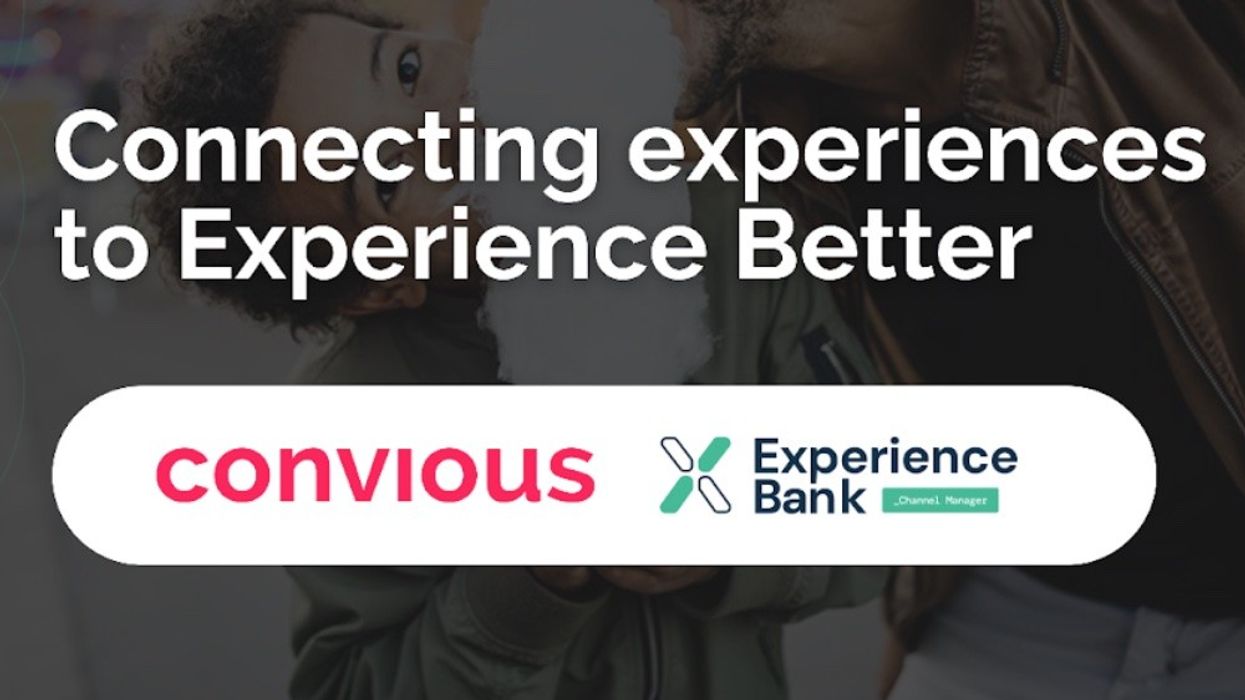
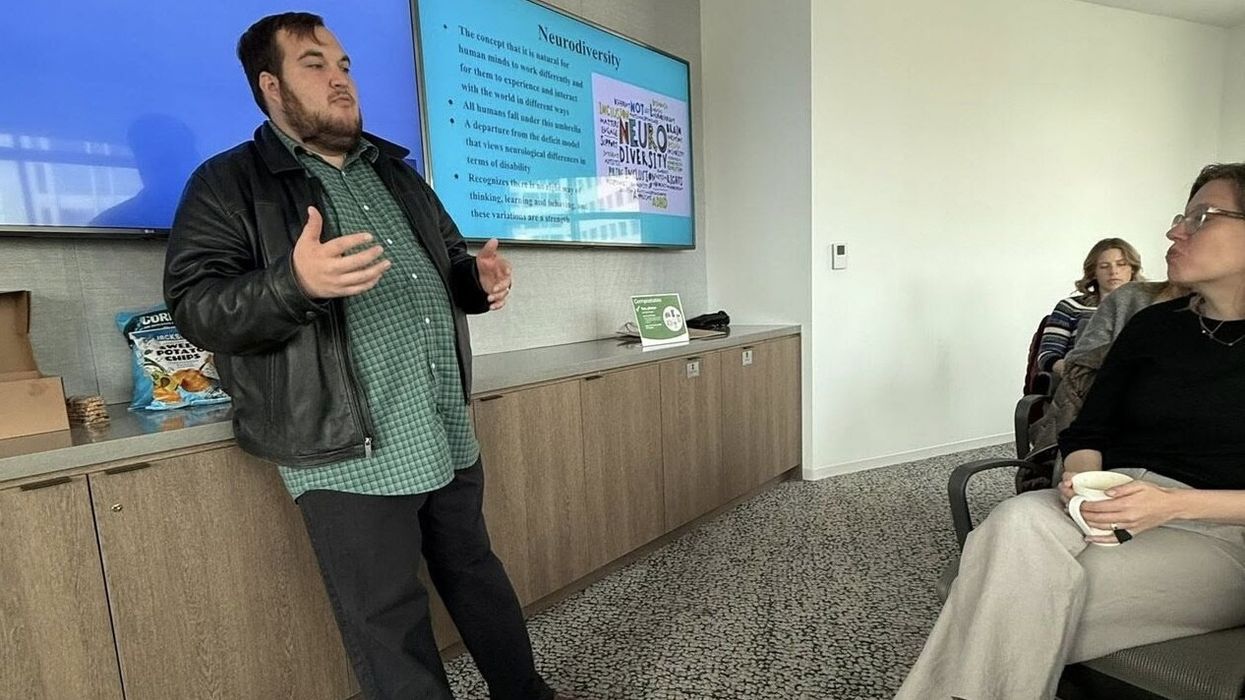

 TM Lim and Adam Wales
TM Lim and Adam Wales







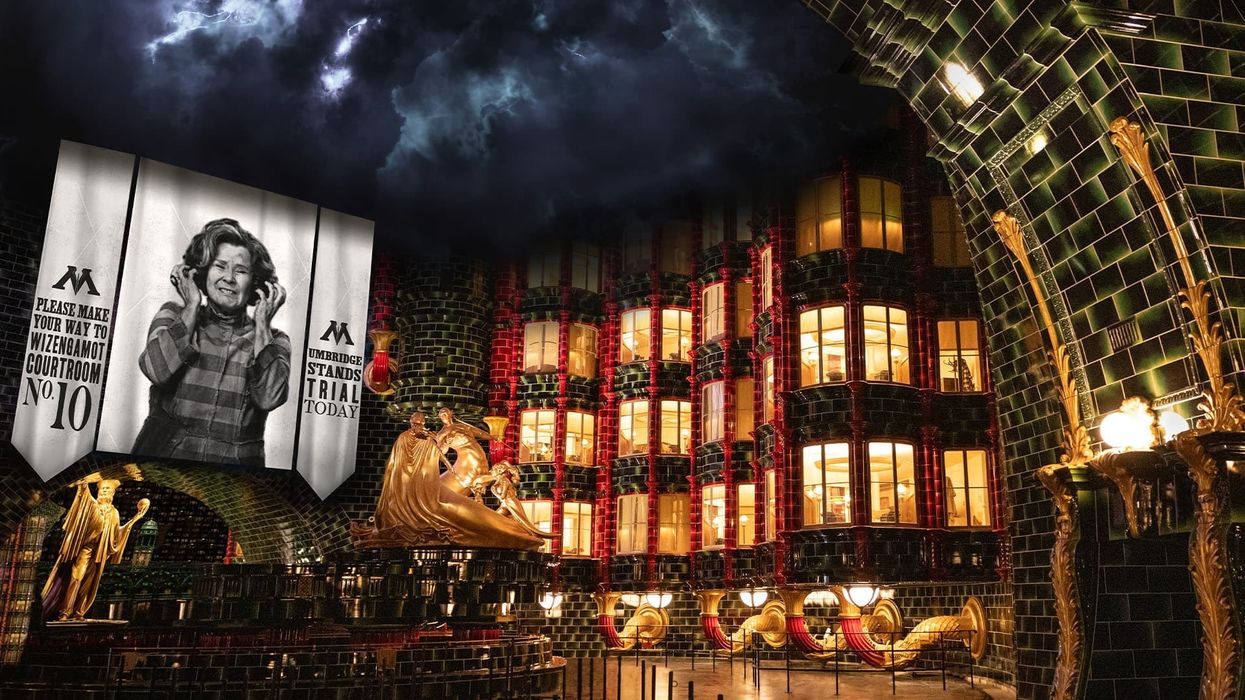

 Toby Harris
Toby Harris Hijingo
Hijingo Flight Club, Washington D.C.
Flight Club, Washington D.C.
 Flight Club Philadelphia
Flight Club Philadelphia Flight Club Philadelphia
Flight Club Philadelphia Bounce
Bounce Hijingo
Hijingo Bounce
Bounce
 Fernando Eiroa
Fernando Eiroa











 Nickelodeon Land at Parque de Atracciones de Madrid
Nickelodeon Land at Parque de Atracciones de Madrid Raging Waters
Raging Waters  Mirabilandia's iSpeed coaster
Mirabilandia's iSpeed coaster Parque de Atracciones de Madrid
Parque de Atracciones de Madrid Ferracci at the ribbon-cutting ceremony for Nickelodeon Land at Mirabilandia, with (left) Marie Marks, senior VP of global experiences for Paramount and (cutting the ribbon) Sabrina Mangina, GM at Mirabilandia
Ferracci at the ribbon-cutting ceremony for Nickelodeon Land at Mirabilandia, with (left) Marie Marks, senior VP of global experiences for Paramount and (cutting the ribbon) Sabrina Mangina, GM at Mirabilandia Tropical Islands OHANA hotel
Tropical Islands OHANA hotel Elephants at Blackpool Zoo
Elephants at Blackpool Zoo  Tusenfryd
Tusenfryd
 Andrew Thomas, Jason Aldous and Rik Athorne
Andrew Thomas, Jason Aldous and Rik Athorne







